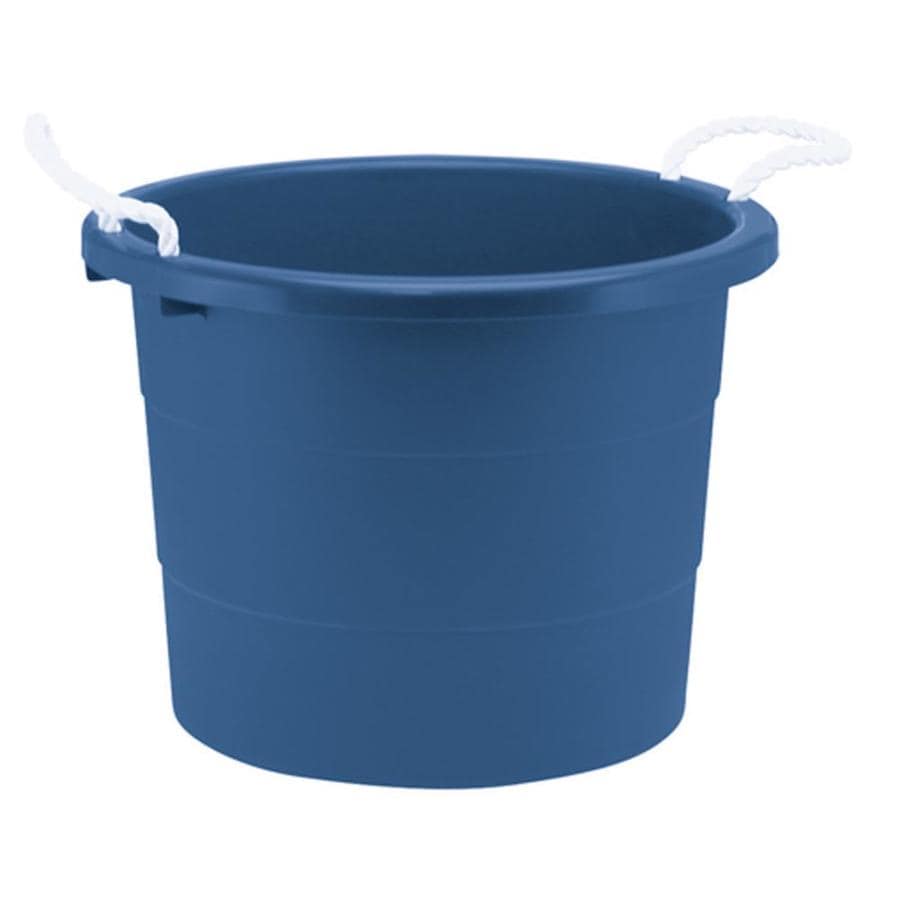Bananas_Gorilla
New Member
- Joined
- Mar 28, 2018
- Messages
- 3
- Reaction score
- 0
Hello all,
First post, and second time brewing.
My first ever home brew Lager came out about 2 months ago and I'm in need of some advice on how to improve it. I made a few mistakes first time around (put 2 types of yeast, one lager and one ale and totally didn't add nearly enough sugar for carbonation) and I ended up with a flat, very yeasty beer.
I bottled them and even after 2 months on their own, the taste is just awful. It definitely tastes like lager (and not even the worst one I've had),didn't get infected, but the yeasty after taste sends shivers down my spine and I'd rather not wince every time I take a swig. So much so, making shandy is about the only way to make it remotely palatable for me.
My setup is currently just a single 25L fermenter barrel, no spigot. I need to bottle as I have no way of storing a keg so I just siphoned it into bottles and left for 3 weeks before tasting.
My question is: How do I get a non-yeasty tasting lager? Do I need a secondary fermenter? When then would I transfer it? Gelatine? Or do I need to invest heavily in better equipment?
COST is a BIG factor, I can only really afford newbie equipment at the moment. So thats the 100 buck beer gun out the window.
Any tips would be great.
Thanks!
First post, and second time brewing.
My first ever home brew Lager came out about 2 months ago and I'm in need of some advice on how to improve it. I made a few mistakes first time around (put 2 types of yeast, one lager and one ale and totally didn't add nearly enough sugar for carbonation) and I ended up with a flat, very yeasty beer.
I bottled them and even after 2 months on their own, the taste is just awful. It definitely tastes like lager (and not even the worst one I've had),didn't get infected, but the yeasty after taste sends shivers down my spine and I'd rather not wince every time I take a swig. So much so, making shandy is about the only way to make it remotely palatable for me.
My setup is currently just a single 25L fermenter barrel, no spigot. I need to bottle as I have no way of storing a keg so I just siphoned it into bottles and left for 3 weeks before tasting.
My question is: How do I get a non-yeasty tasting lager? Do I need a secondary fermenter? When then would I transfer it? Gelatine? Or do I need to invest heavily in better equipment?
COST is a BIG factor, I can only really afford newbie equipment at the moment. So thats the 100 buck beer gun out the window.
Any tips would be great.
Thanks!



